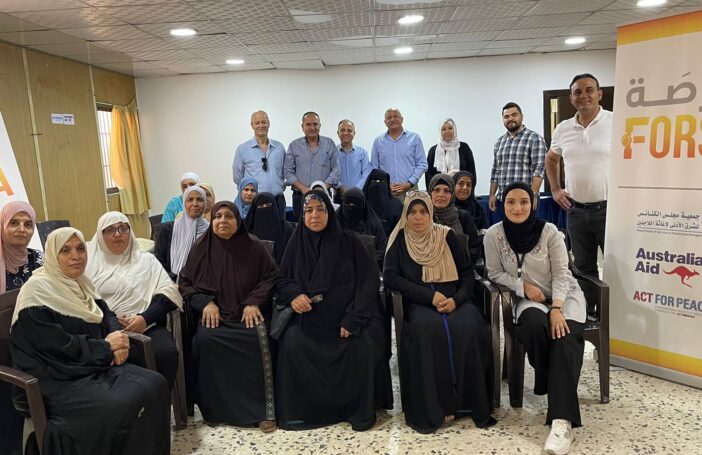Sometimes in times of despair, such as hearing of the horror that took place on Manus Island this week, it’s nice to look at how other countries in the world make efforts to try to treat refugees humanely.
New York Times Magazine just released a fascinating feature titled ‘How to Build a Perfect Refugee Camp‘. It documents the Turkish government’s efforts to provide orderly, humane and safe accommodation for the growing numbers of Syrians flooding over the border to seek refuge from the ongoing conflict in their country.
There are some interesting takeaways from the story.
One is the pilot system being used in the camp for food distribution. Instead of sharing WFP handouts, the camp uses an electronic food card that refugees can use to make purchases in three supermarkets, run by different companies to prevent price gouging. (You can find more details on the food card system here [pdf]).
The second is that even though the camps are good quality, the Syrians interviewed in the story still want to go home. It bucks the narrative about camps taking care of people “too well” so they don’t want to leave. The fear of creating long-term camps is an issue in Lebanon, which has opened its borders to more than one million refugees (listen to a podcast from an event we held on Lebanon’s response here). There, the government tries to avoid building permanent structures in camps and only recently acquiesced to a trial of Ikea’s Refugee Housing Units.
The third is the way in which the Turkish government seems to view the provision of decent camps as a form of public diplomacy.
When asked by the journalist why Turkey had made such efforts to provide quality camps for the displaced Syrians, a Turkish official responded: “You have a refugee problem, what do you do?”
“It’s a normal response”.



